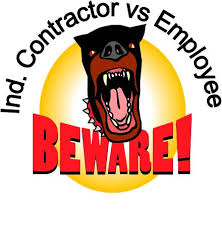
Tax Court Case Involves “Section 530 Relief”
Reflectxion Resources, Inc. v. Comm’r, T.C. Memo. 2020-114| August 3, 2020 | Gustafson, J. | Dkt. No. 12017-16
-Opinion
Short Summary: The case involves the analysis and discussion of the Tax Court’s jurisdiction over cases where the employer did not properly classify its workers as employees and seeks relief under section 530.
Reflectxion Resources, Inc. (the “taxpayer”), a medical staffing agency, hired travel therapists for one of its clients, Gevity. Under a services agreement, the taxpayer provided such staff to Gevity for 11 quarters. During the 11 quarters, it was Gevity who acted as employer of the staff and filed the respective employment tax returns. After such period and for the following 5 quarters, it was the taxpayer who filed employment tax returns. During all 16 quarters, the travel therapists were reimbursed travel expenses. Such reimbursements were never reported as wages for employment tax in all 16 quarters.

























Recent Comments